When it comes to your home, there is nothing more important or expensive than your roof. As you can imagine, deciding on a roof can be quite stressful. Metal roofs are more durable than their asphalt and shingle counterparts with an estimated lifespan of 50-75% longer making them appealing for homeowners. As an appeal to the eco-friendly homeowner, metal roofs are also more energy efficient and sustainable. (Related: How Long Does a Metal Roof Last?)
But not every roof is created equal! If you’re wondering about the types of metal roofs and which one is right for you, this is the perfect article for you. Let’s compare seven of the most popular types of metal roofing so you can figure out the best one for you.
Seven Types of Metal Roofing
1. Standing Seam
The first type of metal roof that we’ll be looking at is the standing seam roof. While the name may not be familiar, you’ve definitely seen them before! The main aspect of a standing seam roof is that it conceals a fastener system of many different metal panels. These panels are locked together at the seams and attached to the roof deck with powerful clamps, leaving them free of holes for moisture to seep through.
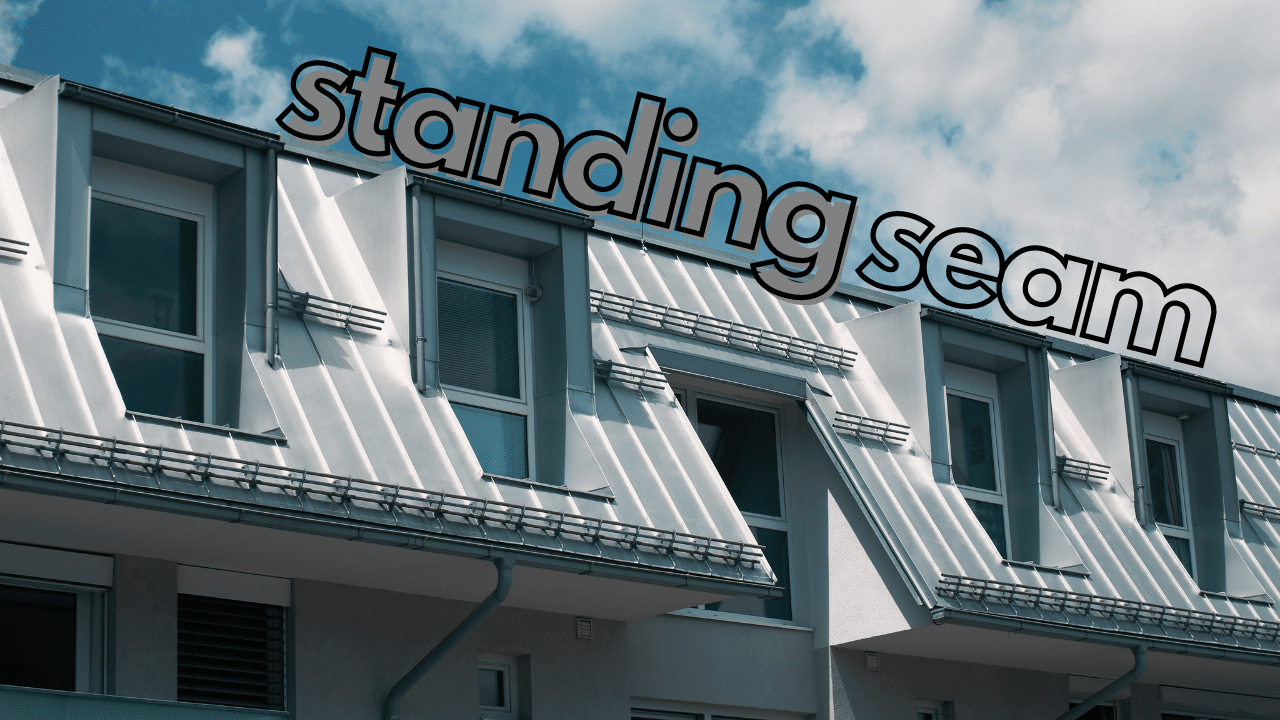
Pros of a Standing Seam Roof
The clean lines and hidden fastener give a standing seam roof a clean and attractive look for residential homes. Most people prefer the look of a standing seam roof when compared to others. The fact that the fasteners are completely hidden also protects them from rough winds and storms, letting them last longer. The panels are also able to expand and contract with the temperature. Finally, as a metal roof, standing seams can last longer and require less upkeep than their non-metal counterparts.
Cons of a Standing Seam Roof
The biggest drawback of a standing seam roof is that it often costs more than other kinds, and takes longer to install. This is because the process of installing a standing seam roof is much more labor intensive than others. If cost and time are key factors in your decision, the standing seam roof must be carefully considered. Some people also find that a standing seam roof produces a much louder noise as it protects you from heavy rain or hail, and this can be concerning or outright irritating. This can be circumvented by adding more attic insulation, which would add to the overall cost.
2. Corrugated Metal Roofing
Corrugated metal roofing involves metal sheets that are shaped into a pattern of ridges to fit onto the roof of your home. A machine will automatically shape the metal into the standard corrugated pattern. This type of metal roof is popular among both commercial and residential properties. You’ve probably recognized the u-shaped ridges of corrugated metal roofing panels at one time or another.
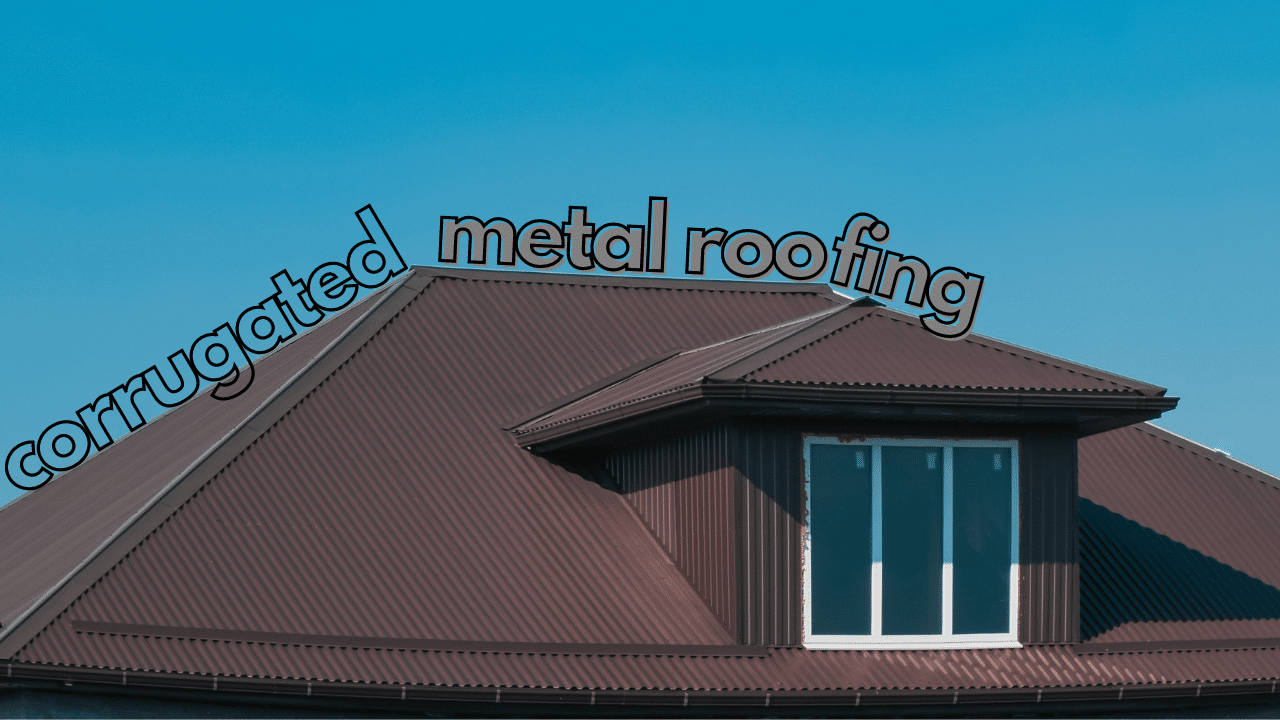
Pros of Corrugated Metal Roof
A large draw of corrugated metal roofs is that the cost is the lowest on the market. Corrugated metal is cheaper to produce and install, making it more cost-effective for people seeking a metal roof. The metal sheets are often quite long, so even a big roofing project remains cheap. The corrugation of the metal also produces a roof that is incredibly durable and long lasting. The fastener of this roof is driven through the overlap, which provides a tight fit and keeps the metal panels from shifting.
Cons of Corrugated Metal Roof
It is important to recognize that corrugated metal has a higher leak potential due to the fact that it uses exposed fasteners. While the risk of a leak is relatively low overall, it is still higher than other types and may lead to more maintenance over the years. The fasteners should also be kept in mind to make sure they haven’t broken. Finally, a big con of a corrugated metal roof is the fact that people typically find the design less appealing. This does not matter much if you are seeking a roof for your commercial business, but residential homeowners should keep this in mind.
3. Aluminum Roofing
Aluminum has been used to create quality metal roofs for years and remains one of the most dependable types of metal. Aluminum is inherently lightweight and can be easily shaped depending on your unique roofing needs. Aluminum is also highly resistant to corrosion that comes from salt in the air, making it an excellent choice for anyone who lives on the coast.
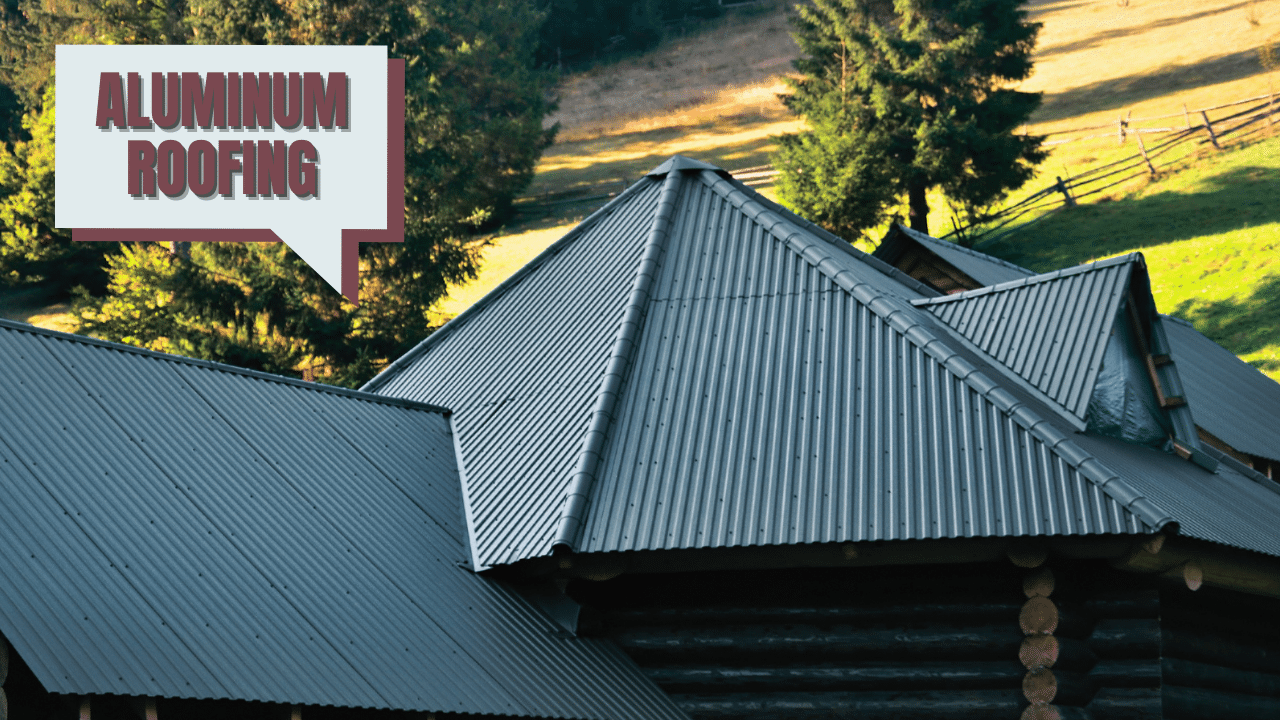
Pros of an Aluminum Roof
Compared to other metal roof materials such as copper, aluminum is cheaper per square foot, allowing you to save money. It is recyclable, allowing you to either recycle it yourself at the end of its lifespan or source a recycled aluminum roof yourself to be sustainable. Aluminum is also incredibly resistant to wind, fire, and high impacts. This makes it a good bet for home protection! Aluminum is highly resistant to corrosion and has an average lifespan of at least 50 years. Keeping all this in mind, it is certainly a good type of metal roof to have!
Cons of an Aluminum Roof
Though aluminum roofs are cheaper than their copper counterparts, they are still expensive when compared to asphalt shingles and other non-metal options. The overall price of an upfront investment will be higher than you might expect. While aluminum is an excellent choice for those who live near the coast and must consider saltwater damage, those who are in landlocked areas may not find it worth the price. In addition, aluminum will need to be painted if you do not care for the standard color. This adds to the overall cost.
4. Copper Roofing
Copper is widely regarded as an excellent material for a metal roof! Over the past few decades, copper has become increasingly popular among both home and business owners. This is partially because copper is highly malleable, allowing it to be formed into a variety of complicated patterns. In addition, copper eventually develops a sheen over time known as a patina, or the greenish brown hue that takes over some metals due to oxidation. This coloring can be very attractive for the home!

Pros of a Copper Roof
In terms of curb appeal, copper is generally known as one of the metal roof materials that has the best appearance. It is also incredibly lightweight, which is helpful as it will not put undue stress on the internal structures of your home. Copper is also incombustible, making it a great choice for those in an area that experiences possible forest fires. It has all the perks of a metal roof: energy efficiency, durability, longevity - with the bonus of patina and general beauty.
Cons of a Copper Roof
By far the biggest drawback of a copper roof for many homeowners is the high price. Metal roofs tend to be more expensive, and copper is no exception. While the durability and longevity are good reasons to make the investment, some people simply may not be able to afford a copper roof. In addition, the distinctive patina can sometimes scare off owners who do not want the color change - however slight - to occur.
5. Zinc Roofing
Hear us out! Zinc roofs are incredibly popular in Europe, so much so that the majority of homes have roofs made of zinc. Yet somehow it has not gained the same popularity in the United States...until now! More and more homeowners and roofing businesses in the U.S. are becoming aware of the appeal of zinc and how it stands out from other types of roofs. It has all the advantages of other metal roof materials and then some!
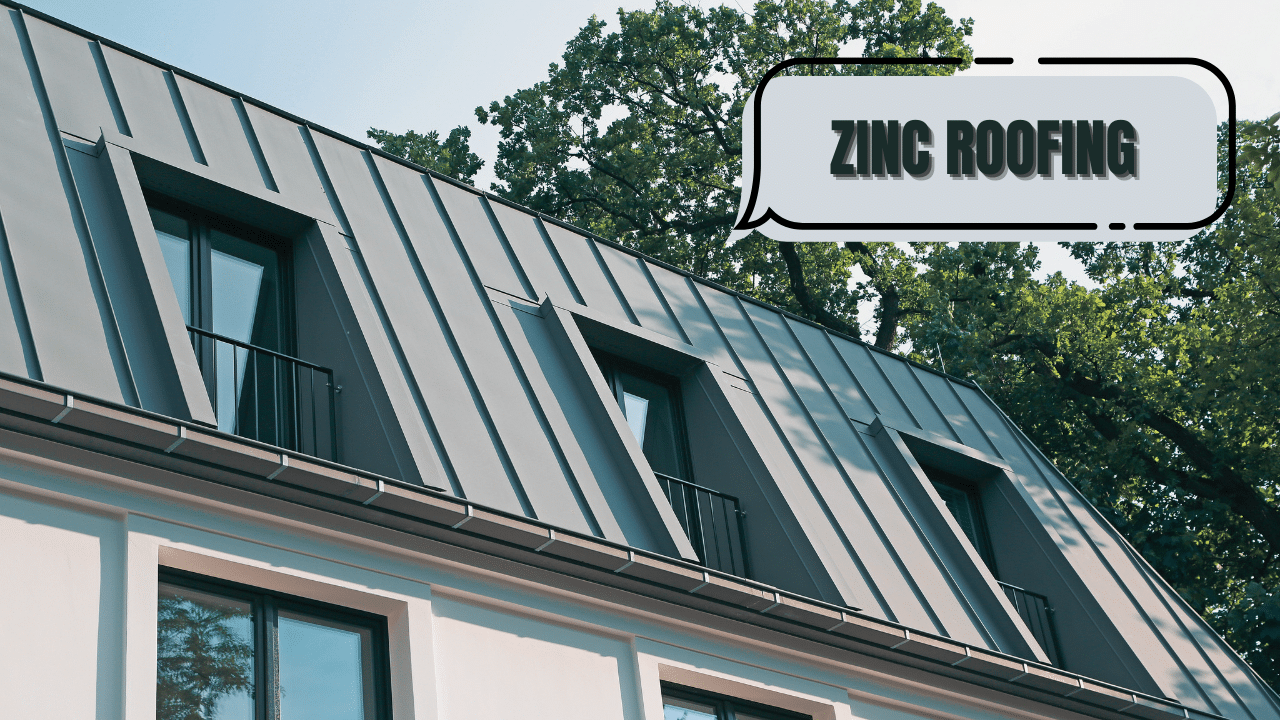
Pros of a Zinc Roof
Zinc has one of the longest lifespans (if not the longest lifespan) of any metal roofing material. It can last anywhere between 80 to 100 years, making it a premiere investment that will not need maintenance or upkeep after the initial installation. Just like copper, zinc develops a patina and changes color: it begins as a black or dark gray and eventually becomes light gray or dark blue. This patina is also a helpful protective layer.
Cons of a Zinc Roof
Since zinc has such a long lifespan, it is vital that installation is properly done and up to standard. This can involve more intensive care and labor during the installation process, adding up the overall cost. In addition, the desired patina is not predictable and can take time to develop and will not have a set color.
6. Galvanized Steel Roofing
As the name implies, galvanized steel utilizes steel as the primary material. The term “galvanized” comes from coating the steel with zinc to reduce the potential of rust and other corrosive damage. Steel is an excellent material for a roof, being incredibly lightweight without sacrificing durability. With the galvanized addition, a steel roof can last upwards of 60 years!
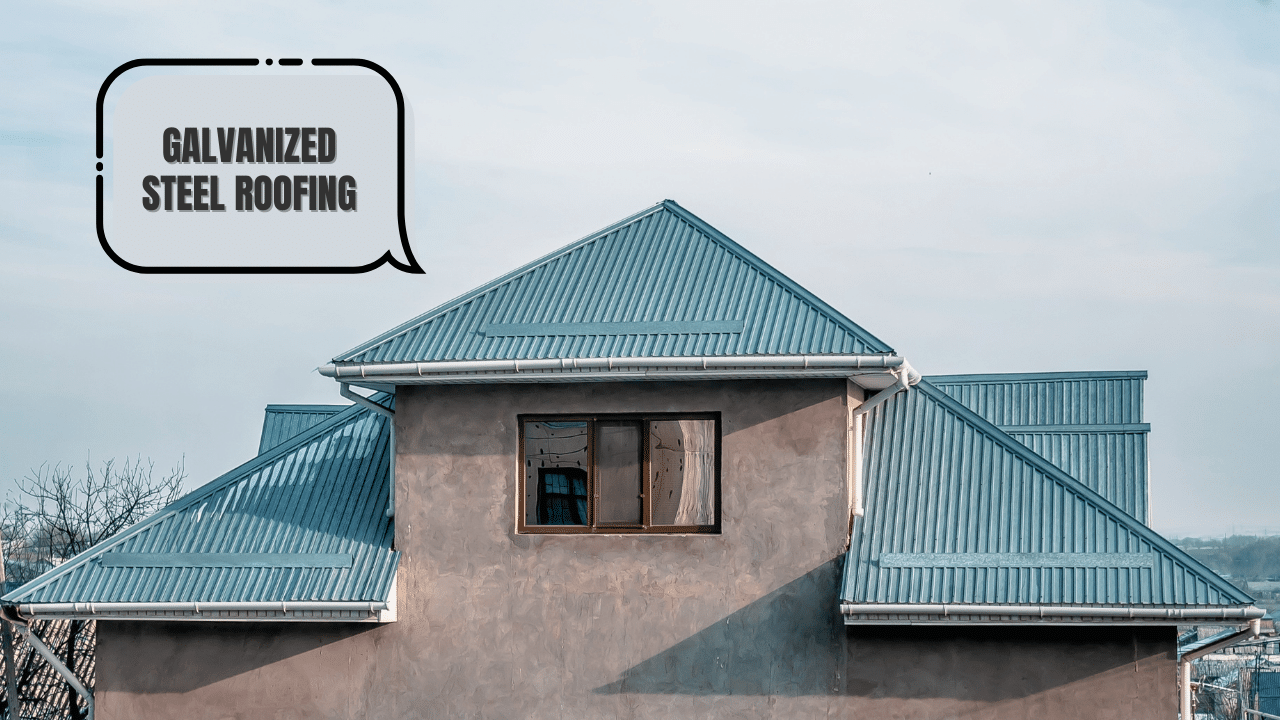
Pros of a Galvanized Steel Roof
A galvanized steel roof will not need any maintenance after it has been installed. The zinc coating prevents rusting, and the strong metal is already impervious to the elements. This type of roof is also more heat resistant and reflective than others, also thanks to the coating of zinc. As a result, galvanized steel roofs are even more energy efficient than their counterparts.
Cons of a Galvanized Steel Roof
A steel roof will naturally be expensive, and while the process of having the steel galvanized is essential, it can add greatly to the overall cost. Steel is also incredibly resistant to wind and water, making it an excellent roof for climates that experience harsh weather. Yet if you do not experience this weather, a steel roof may seem like overkill. It really depends on your perspective and unique circumstances.
7. Tin Roofing
You’ve definitely heard about a tin roof, and not just from the famous play by Tennesse Williams! While tin roofs were more common in the past, they are still a dependable material for any metal roof. Most tin roofs in this day and age are actually rolled steel that has been coated in tin. To create tin roofing, a coating of tin is chemically bonded to the steel. This makes the roof more durable and resistant to damage.
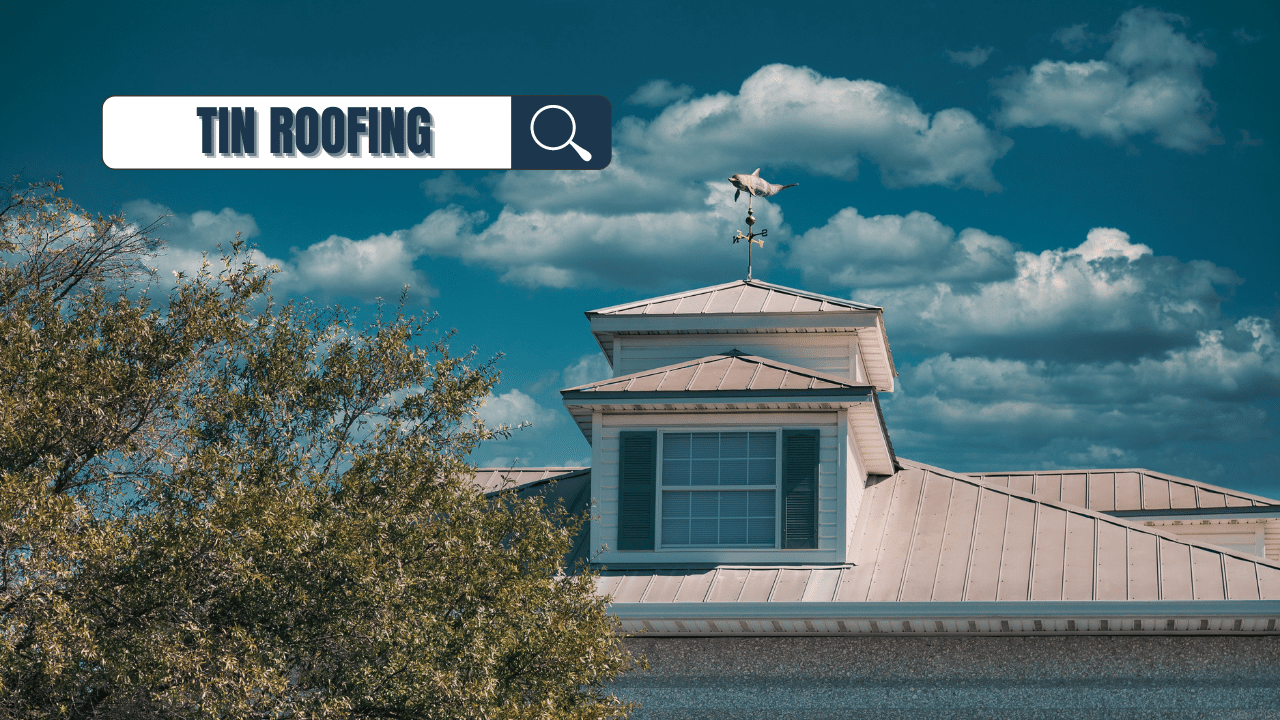
Pros of a Tin Roof
Compared to other metal roof materials, tin is relatively inexpensive and can be purchased by the square foot. It is also easy to install! A tin roof is durable and lasts for many years, giving you the freedom to worry about everything else after it has been installed. Tin is also eco-friendly, made up with at least some recycled materials and with the option to be recycled when you are finished with it.
Cons of a Tin Roof
To put it simply, tin is not as popular as it once was. Some companies or businesses may not offer it or prioritize other materials, making it harder to get ahold of the tin roofing you require. It will also be more expensive than non-metal materials, such as shingles. It is also best for your roof if you inspect the protective coating at least once a decade to ensure it is still intact.
The Best Types of Metal Roofs for Your Home
Hopefully this list of the 7 most popular types of metal roofs has helped you as you begin to make your choice! In general, metal roofs are an excellent investment for any property. The high initial cost is offset by the long lifespans and increased durability. It is also important to mention that your metal roof can combine types on this list; perhaps a steel standing seam roof is what you need, or even a zinc standing seam!
It all comes down to your personal needs and circumstances. For example, aluminum is an excellent chance for those on the coast but not necessarily those in the middle of miles of land. With proper research and an experienced crew of professionals to install, your metal roof will exceed expectations and last for decades to come!
